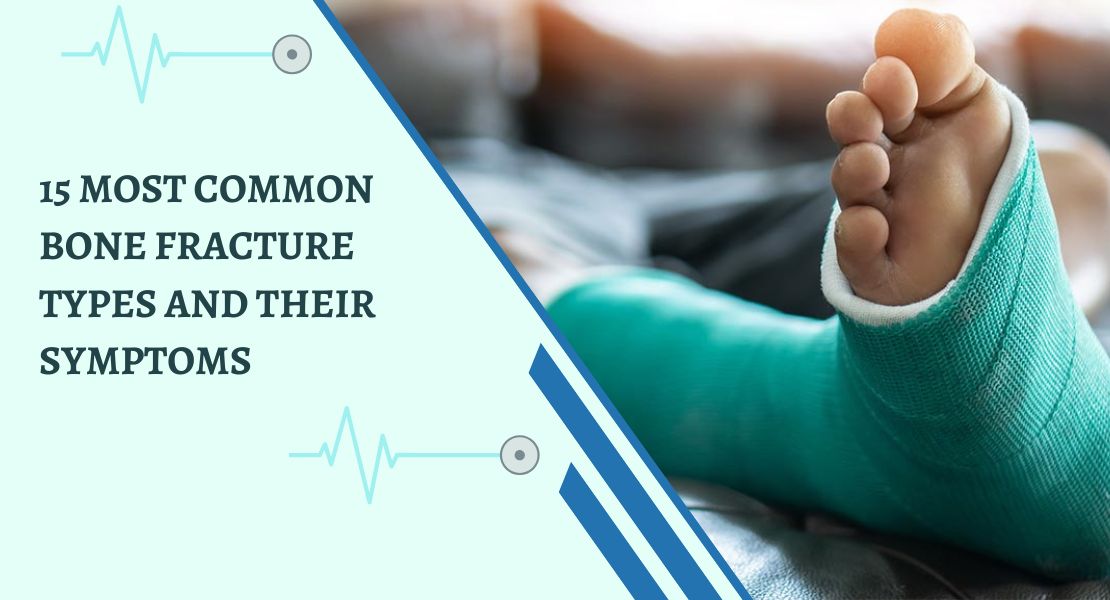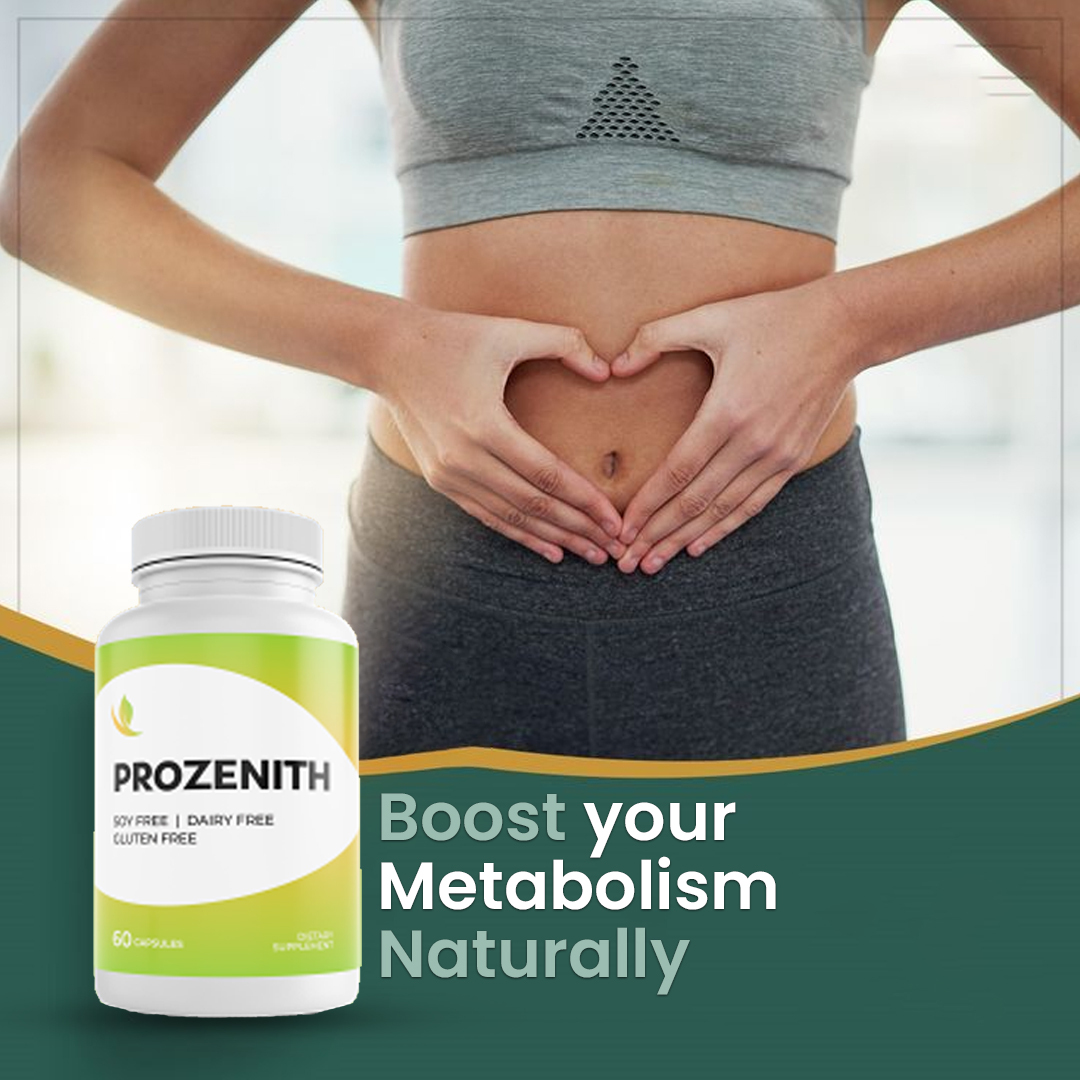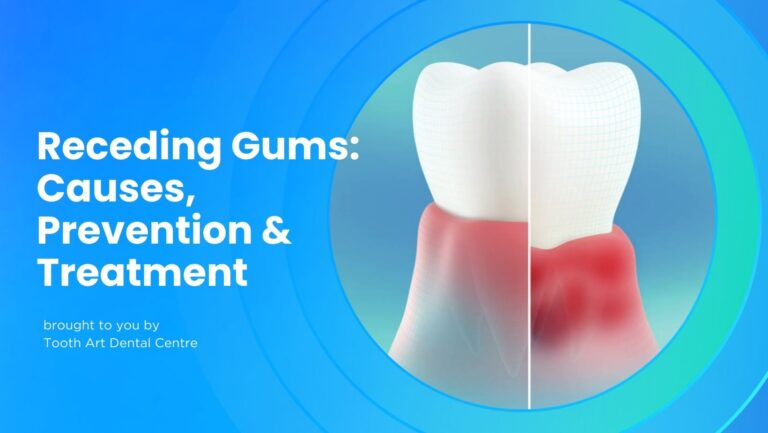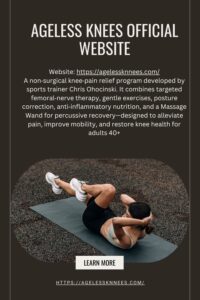Best Supplements for Bone Fracture Recovery
Recovering from a bone fracture requires more than just immobilization and rest. While your body naturally possesses remarkable healing abilities, providing the right nutritional support through targeted supplements can significantly accelerate the recovery process and improve outcomes. Understanding which supplements are most effective for bone fracture healing, combined with appropriate pain relief treatments, creates a comprehensive approach to recovery that addresses both healing and comfort.
Bone fracture recovery involves complex biological processes including inflammation, callus formation, and bone remodeling. These processes require specific nutrients and minerals to function optimally. While traditional pain relief management often focuses solely on symptom control through medications like tapentadol 100mg, a holistic approach that includes proper supplementation can enhance healing while potentially reducing the need for long-term pain management tablets.
This comprehensive guide explores the most effective supplements for bone fracture recovery, different types of pain relief options, and how to integrate these approaches safely. Whether you’re dealing with a simple fracture or a complex break, understanding the role of nutrition in healing can make a significant difference in your recovery timeline and overall outcomes.
Essential Supplements for Bone Fracture Recovery
Calcium: The Foundation of Bone Health
Calcium is the most abundant mineral in bones and plays a crucial role in fracture healing. During recovery, your body requires increased calcium intake to support new bone formation. Adults typically need 1,000-1,200mg daily, but fracture patients may benefit from higher amounts under medical supervision.
Best Forms: Calcium citrate is generally better absorbed than calcium carbonate, especially when taken without food. Calcium hydroxyapatite provides calcium in a form similar to natural bone mineral.
Timing: Take calcium supplements in divided doses throughout the day for optimal absorption, as the body can only absorb about 500mg at once.
Vitamin D: The Calcium Companion
Vitamin D is essential for calcium absorption and bone metabolism. Without adequate vitamin D, even high calcium intake won’t effectively support bone fracture healing. Most adults need 1,000-2,000 IU daily, though individual requirements may vary.
Benefits: Enhances calcium absorption, supports immune function, and may reduce inflammation associated with fracture healing.
Sources: While sunlight exposure helps vitamin D production, supplements ensure consistent levels during recovery when outdoor activity may be limited.
Vitamin K2: Bone Matrix Support
Vitamin K2 activates proteins that direct calcium to bones rather than soft tissues. This vitamin is particularly important for ensuring that supplemental calcium reaches the fracture site effectively.
Recommended Dose: 90-120mcg daily of vitamin K2 (MK-7 form preferred for longer half-life).
Synergy: Works best when combined with vitamin D and calcium for comprehensive bone support.
Magnesium: The Forgotten Mineral
Magnesium is involved in over 300 enzymatic reactions related to bone metabolism. It helps convert vitamin D to its active form and supports calcium absorption.
Dosage: 400-600mg daily, preferably in forms like magnesium glycinate or magnesium malate for better absorption.
Benefits: May also help with muscle relaxation and sleep quality during recovery.
Vitamin C: Collagen Formation
Vitamin C is essential for collagen synthesis, which forms the framework for new bone formation. It also supports immune function and may help reduce inflammation.
Recommended Amount: 1,000-2,000mg daily during fracture healing, divided into multiple doses.
Additional Benefits: Supports wound healing and may enhance the effectiveness of other supplements.
Protein and Amino Acids
Bone is approximately 50% protein by volume, making adequate protein intake crucial for fracture healing. Specific amino acids like lysine, proline, and glycine are particularly important for collagen formation.
Requirements: Aim for 1.2-1.6g protein per kg body weight daily during recovery.
Supplements: Consider collagen peptides or amino acid complexes if dietary protein intake is insufficient.
Pain Relief Management During Recovery
Understanding Pain in Bone Fractures
Bone fracture pain results from tissue damage, inflammation, and nerve irritation. Effective pain relief treatments must address these multiple components while allowing the healing process to proceed naturally.
Different Types of Pain Relief
Acute Pain Management: Immediately following a fracture, acute pain requires prompt attention. This may include prescription medications, nerve blocks, or other interventions to provide immediate relief.
Chronic Pain Management: As healing progresses, pain patterns may change, requiring different approaches to maintain comfort while promoting healing.
Breakthrough Pain: Sudden increases in pain during recovery may require additional painkiller relief options.
Pain Management Tablets and Medications
Tapentadol 100mg: This dual-action medication provides both opioid and non-opioid pain relief mechanisms. It may be prescribed for moderate to severe fracture pain when other treatments are insufficient.
NSAIDs: Non-steroidal anti-inflammatory drugs can help with pain and inflammation but should be used cautiously as they may interfere with bone healing.
Acetaminophen: Often used as a first-line treatment for mild to moderate pain with fewer concerns about healing interference.
Topical Treatments: Creams and gels may provide localized relief without systemic effects.
Natural Pain Relief Options
Turmeric/Curcumin: Contains anti-inflammatory compounds that may help reduce pain and swelling.
Omega-3 Fatty Acids: EPA and DHA may help reduce inflammation and support healing.
Boswellia: Traditional herb with anti-inflammatory properties.
Arnica: Homeopathic remedy that some find helpful for bruising and pain.
Precautions and Safety Considerations
Medical Supervision
Consultation Required: Always consult with your healthcare provider before starting any supplement regimen, especially when taking prescription medications like tapentadol 100mg.
Drug Interactions: Some supplements can interact with medications or affect absorption of other nutrients.
Individual Needs: Supplement requirements may vary based on age, gender, overall health, and fracture severity.
Supplement Safety
Quality Matters: Choose supplements from reputable manufacturers with third-party testing for purity and potency.
Dosage Limits: More isn’t always better. Excessive amounts of certain supplements can be harmful or interfere with healing.
Timing Considerations: Some supplements are better absorbed at specific times or with certain foods.
Monitoring and Adjustments
Regular Assessment: Work with your healthcare team to monitor healing progress and adjust supplement protocols as needed.
Blood Testing: Periodic testing may be necessary to ensure optimal nutrient levels without toxicity.
Symptom Tracking: Keep track of pain levels, healing progress, and any side effects from supplements or medications.
Integrating Supplements with Pain Relief Treatments
Complementary Approaches
Effective bone fracture recovery often requires combining nutritional support with appropriate pain relief management. This integrated approach addresses both healing and comfort simultaneously.
Timing Strategies
Acute Phase: Focus on immediate pain relief while beginning nutritional support.
Healing Phase: Emphasize bone-building nutrients while adjusting pain management as healing progresses.
Recovery Phase: Maintain nutritional support while gradually reducing pain medications.
Frequently Asked Questions (FAQs)
Q: How soon should I start taking supplements after a bone fracture?
A: It’s generally safe to start most bone-supporting supplements immediately after fracture, but consult your healthcare provider first, especially if you’re taking pain management tablets.
Q: Can supplements replace the need for pain medication?
A: While supplements support healing and may help reduce pain over time, they typically cannot replace prescription painkiller relief for acute fracture pain. They work best as complementary treatments.
Q: Are there any supplements that interfere with bone healing?
A: Some supplements, particularly high doses of certain vitamins or minerals, may interfere with healing. Always follow recommended dosages and medical guidance.
Q: How long should I take bone fracture supplements?
A: Most supplements should be continued throughout the healing process, typically 3-6 months, though some like calcium and vitamin D may be beneficial long-term.
Q: Can I take supplements with tapentadol 100mg?
A: Most bone-supporting supplements can be taken with tapentadol, but timing and specific combinations should be discussed with your healthcare provider.
Q: Do I need all these supplements, or can I choose just a few?
A: While calcium, vitamin D, and magnesium form the foundation, the complete combination typically provides the best results. Your healthcare provider can help prioritize based on your specific needs.














Post Comment